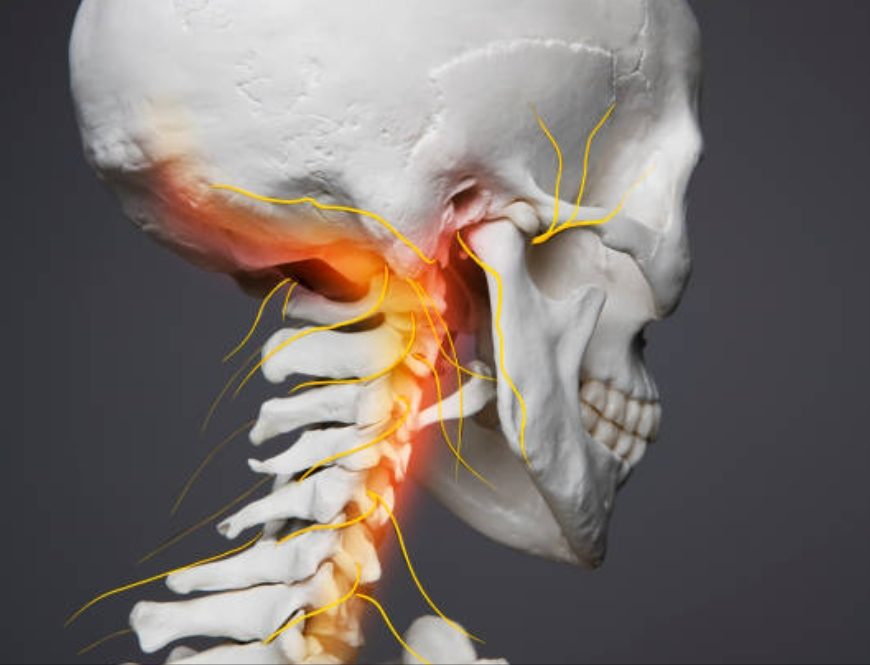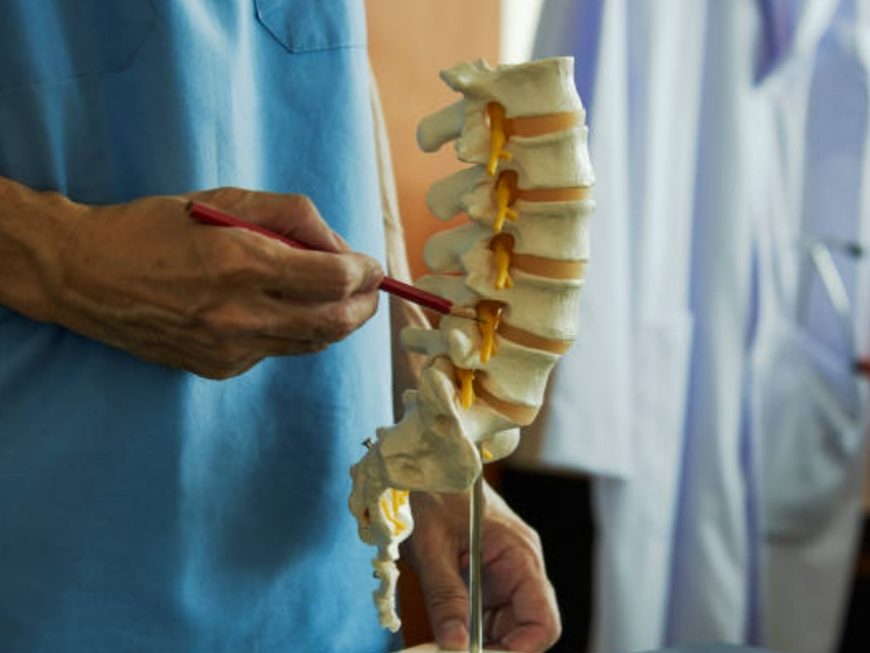
Journey into the cervical spine | A primer on neuroanatomy
The neck has anatomic structures that are involved in balance control (cervical afferents), vascular tone regulation (carotid sinuses), blood circulation (carotid and vertebral arteries), and mechanical support of the cervical spinal cord. Therefore, the symptoms such as dizziness, imbalance, or vertigo associated with cervicocephalic movements could also be attributed to vestibular (inner ear), visual, vascular, neurovascular, cervicoproprioceptive, or cervical spinal cord dysfunction. In this article, … Continue reading Journey into the cervical spine | A primer on neuroanatomy
